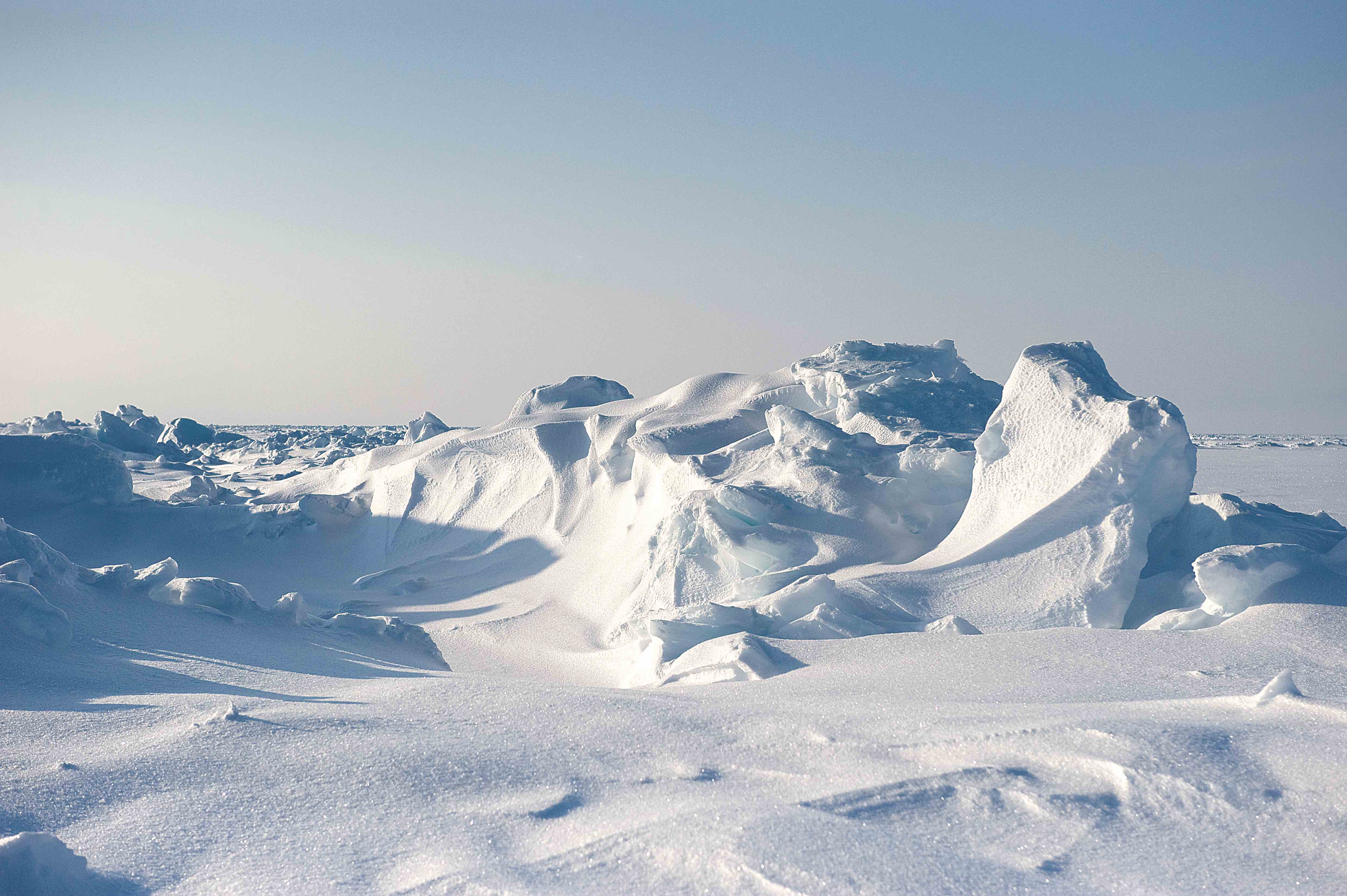Climate variability and change in the Canadian Eastern Subarctic region (Nunavik and Nunatsiavut)

Publication Date
2012Keywords
NunavikNunatsiavutClimateClimate projectionGlacierPermafrostThis document should be cited as:
Brown, R. and Lemay, M. 2012. Climate variability and change in the Canadian Eastern Subarctic region (Nunavik and Nunatsiavut). In Allard, M. and M. Lemay (eds.) Nunavik and Nunatsiavut: From science to policy. An Integrated Regional Impact Study (IRIS) of climate change and modernization. ArcticNet Inc.,Quebec City, Canada.
Abstract
Paleoclimate reconstructions indicate the climate of the Nunavik-Nunatsiavut IRIS region has experienced a long-term cooling trend over the past approximately 3000 years, with major climate fluctuations in the Medieval Warm Period (warming) and Little Ice Age (cooling). The climate began to warm during the 20 Century with a marked warming pulse after 1993 that has triggered a rapid response in the environment, especially the cryosphere (snow and ice cover, permafrost, and glaciers). Dendroecological evidence and climate observations show evidence of long-term significant increases in precipitation over the region.
There is some uncertainty in the timing of the recent period of warming. Satellite snow cover data and vegetation monitoring suggest the climate has been changing for at least 30-40 years while air temperature observations from coastal sites show warming did not occur until 1993. These differences may reflect different climate regimes between coastal areas and inland areas and/or different response processes.
The cryosphere (solid precipitation, snow and ice cover, glaciers and permafrost) is responding very rapidly to recent warming. Snow and ice cover are forming later and melting earlier with annual losses of snow and ice cover duration on the order of 0.5 to 1.0 days/yr. Warming of permafrost by 2°C has resulted in a dramatic increase in the number of thermokarst lakes and active layer detachments, and glaciers in the Torngat Mountains lost ~20% of their area between 2005 and 2007. Traditional knowledge indicates that these changes are outside the envelope of previous community experience.
Climate change projections for the 2041-2070 period (compared to the 1971-2000 period) indicate warmer temperatures and increased precipitation over the region. The largest changes are projected to occur in the winter season with the spatial pattern of projected changes typically exhibiting a NW-SE gradient with the largest changes over the north-western part of Nunavik. The results suggest a shortening of the snow and ice cover season by 3-4 weeks, an increase in growing season length by 2-3 weeks with up to 50% more growing degree days, and increases in annual precipitation of 15-25% with a larger fraction of annual precipitation falling as rainfall.
The climate of the Nunavik-Nunatsiavut IRIS region is strongly influenced by variability in atmospheric and oceanic circulation at annual to multi-decadal scales. In particular, the year-to-year variability of the climate of Nunatsiavut is closely linked to the North Atlantic Oscillation. For some variables such as local precipitation, the internal climate variability will likely dominate any climate change signal over the next 30-50 year time period.
Reliable and sustainable environmental monitoring and prediction systems are essential to supporting decision making and adaptation in the Nunavik-Nunatsiavut IRIS region. The merging of traditional and scientific knowledge in community-based monitoring initiatives appears to be a useful framework for improved monitoring and understanding of changing environmental conditions with the relevant connections to ensure that new information is translated into enhanced safety and improved decision making.